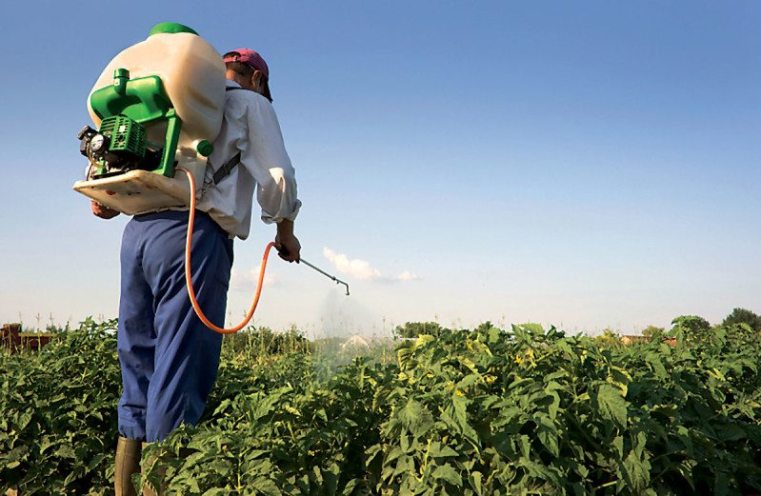
Above Photo: Nation of Change.
Washington – The Environmental Protection Agency has determined that the endocrine-disrupting pesticide atrazine and cancer-linked pesticide glyphosate are each likely to harm more than 1,000 of the nation’s most endangered plants and animals.
The finalized evaluations found that use of the herbicide glyphosate is likely causing harm to 1,676 of the plants and animals protected under the Endangered Species Act. Atrazine is likely harming 1,013 protected species.
“It’s no surprise that these chemical poisons are causing severe harm to imperiled wildlife since U.S. use exceeds 70 million pounds of atrazine and 300 million pounds of glyphosate every year,” said Nathan Donley, environmental health science director at the Center for Biological Diversity. “It’s long past time for atrazine to be banned, and the EPA needs to crack down on the reckless overuse of glyphosate. Without real conservation action, these pesticides will continue to push our most endangered wildlife closer to extinction.”
Earlier this year the makers of atrazine agreed to changes that would end all use of the pesticide in Hawaii, allowing the EPA to determine that more than 500 species on the islands will no longer be harmed. But for endangered species found outside the proposed ban areas, the finding of harm was nearly 100%.
Today’s findings come after both glyphosate and atrazine were reapproved for widespread use across the country in the past two years. The EPA’s evaluations now go to the U.S. Fish and Wildlife Service and National Marine Fisheries Service in the final step of the consultation process to determine what on-the-ground conservation measures are needed to minimize harm to these species and ensure these pesticides do not push any endangered species towards extinction.
The risk of ongoing widespread harm from atrazine was found despite use restrictions announced by the EPA last year that effectively banned the pesticide in Hawaii, on forests, on Christmas tree farms and along roadsides.
Hundreds of millions of pounds of glyphosate are used each year in the United States, mostly in agriculture but also on lawns, gardens, landscaping, roadsides, schoolyards, national forests, rangelands, power lines and more. According to the EPA, glyphosate is sprayed on 298 million acres of crop land each year, while similarly large amounts are used in homes, schools and other non-agricultural areas.
Atrazine is a widespread pollutant of groundwater and drinking water. It has been linked to increased risk of cancer and reproductive problems in people and can chemically castrate male frogs at extremely low concentrations, including those allowed in drinking water. Despite being banned in more than 35 countries, including the entire European Union, it remains the second-most used herbicide in the United States after glyphosate.
The EPA has for decades refused to comply with its obligation under the Endangered Species Act to assess the harms of pesticides to protected plants and animals. But it was finally forced to do this evaluation under the terms of a 2016 legal agreement with the Center and Pesticide Action Network.
Related posts:
Views: 0
 RSS Feed
RSS Feed

















 November 25th, 2021
November 25th, 2021  Awake Goy
Awake Goy  Posted in
Posted in  Tags:
Tags: 
















